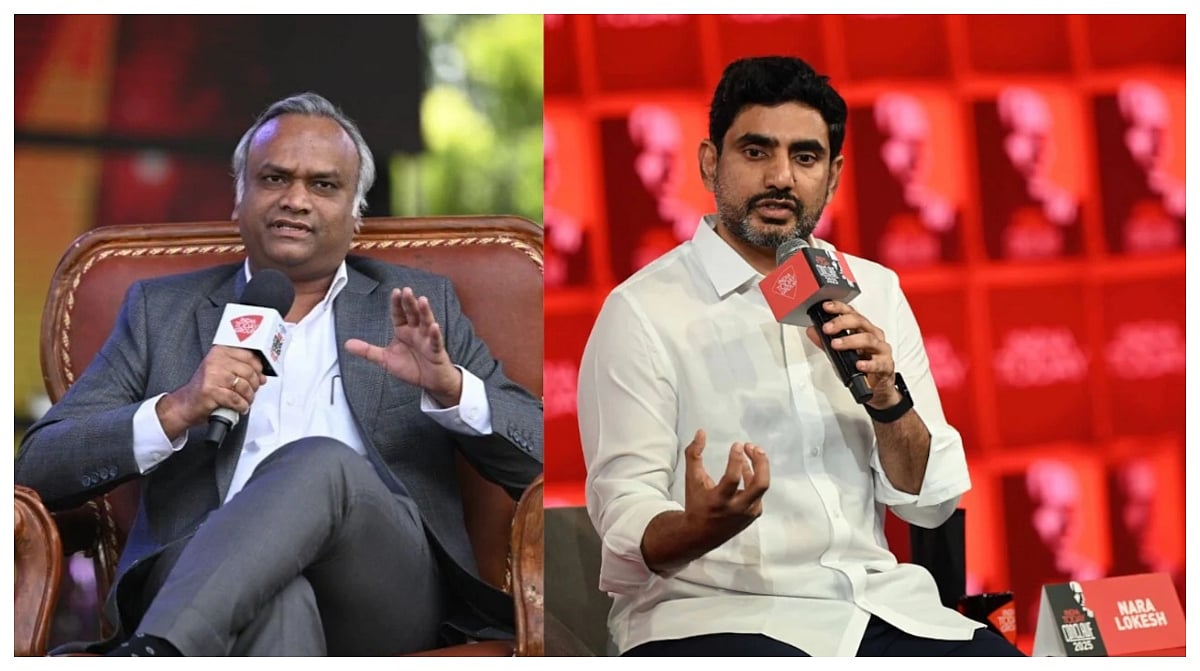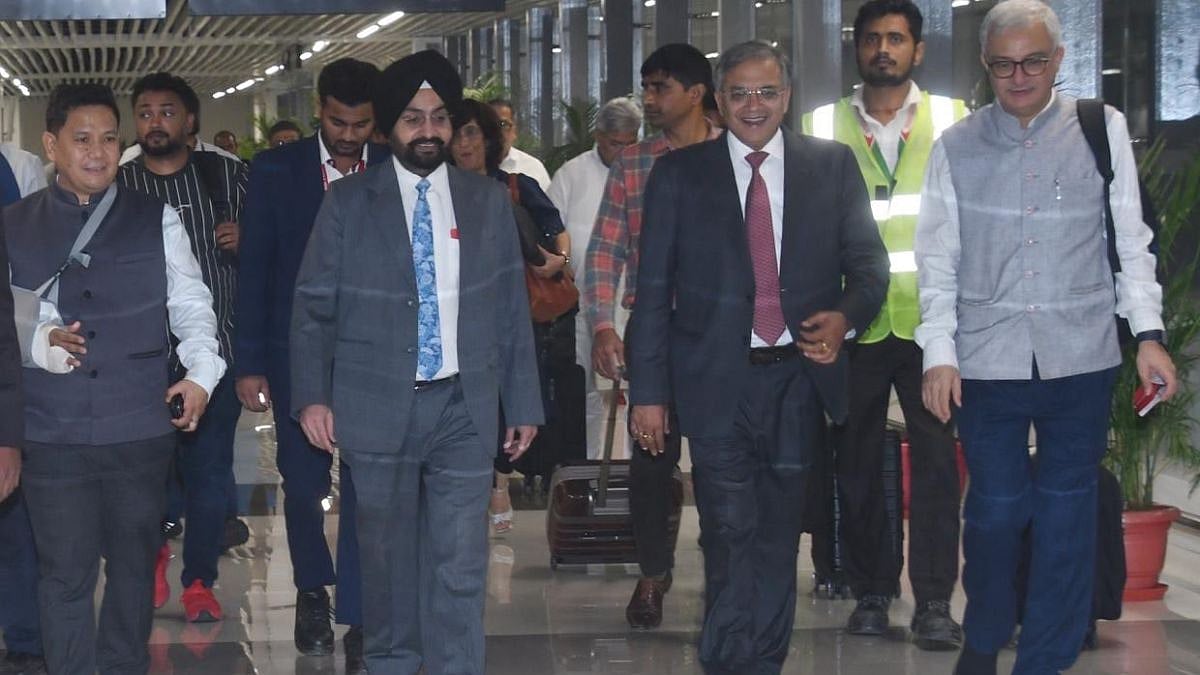In recent days we have seen a tremendous drive across institutions to save the ancient institution of marriage.
In early February, the Supreme Court rejected the plea of a 44-year-old woman to bear a biological child via surrogacy. The Honorable Justices of the Supreme Court, BV Nagarthana and Augustine George Masih, stated that single women bearing children was the exception rather the norm, and would not be acceptable to Indian society. They asked “Should the institution of marriage survive or not in the country? We are not like Western countries. The institution of marriage has to be protected.” They went on to add that the woman should realise she cannot have everything, and that she had chosen to stay single. Adding insult to injury, they opined that India is not like the West, where children can go around without knowing who their parents are.
Not to be outdone by the Supreme Court in curtailing the agency of citizens, the state government of Uttarakhand tabled the Uniform Civil Code (UCC) bill in the Assembly, and it had some interesting additions. Couples who choose to live together without getting formally married now had to get registered with the state. The law applied to even those residents of Uttarakhand who lived elsewhere. And not doing so would earn them both a fine, and a jail sentence. While you may argue that this is to ensure that people in a live-in relationship were accorded due rights by the state, and service providers — like insurance companies and hospitals — the way the clauses are framed, and the heavy penalties associated with non-declaration, gives the state extraordinary powers within the bedroom.
At the same time, if we discuss the other end of rights of a woman — agency over her body within a marriage, it is vehemently opposed. Screams of “will destroy the institution of marriage”; “it will destroy the family”; “it will be an invasion of privacy”; “the law will be misused” pervade, preventing any solution for women whose agency is violated on a daily basis.
In all, the defenders of marriage seem to be saying that agency, especially the agency of an adult woman, is immaterial so long as the institution of marriage survives. Little do they realise that unless either party has agency within a marriage, that marriage is doomed to failure. But, whether the marriage (or relationship) succeeds or fails is not the business of anyone but the parties involved. And it’s ‘success’ or ‘failure’ is on the parties in that relationship — not legislators and judges. The job of the state and the judiciary, is to protect the rights of individual citizens, not interfere with the manner in which they associate with each other. And it is definitely not to save the “institution of marriage”.
Marriage, at its core, is a private contract and commitment between individuals — and families — rooted in personal, cultural, or religious beliefs that vary widely across individuals and communities. The state's primary role should be to protect individual rights and freedoms, ensuring equality and non-discrimination for all citizens, rather than enforcing a monolithic view of marriage. Unfortunately, the UCC by its very nature infringes on these choices. While on the face of it, it is designed to protect the rights of women, it actually ends up curtailing individual agency. The role of the state, and its various organs, is to ensure that our rights are protected when there is a dispute — not curtailed based on a normative belief in ‘right’ and ‘wrong’.
When the state oversteps into the realm of personal choices, it not only infringes on individual autonomy but also risks marginalising non-traditional family structures and relationships that do not conform to its prescribed ideals. The preservation of marriage's sanctity, therefore, should be left to the individuals and communities involved, with the state focusing on creating a legal and social framework that supports the diverse ways people choose to form families and relationships.
Globally, marriage is undergoing significant changes. Rates of divorce and out-of-wedlock births are rising, particularly in developed countries. While economic factors like job insecurity for men and women’s overburdened role in unpaid domestic labour play a part, so do evolving social norms. Changing attitudes towards gender roles, individualism, and family structures are leading many to question the traditional model of marriage. This doesn't necessarily imply a decline in romantic relationships, but it does suggest a shift in how individuals choose to build and express their personal lives.
The traditional model of marriage had very clear-cut rules. Boys and girls — they were usually in their mid-teens — were locked into a marriage arranged by their parents (not just in India); and became an economic unit that taught a trade, and values to their children. Even now this exists in some form or the other in most rural economies. The big shift took place in the cities. Until a century ago, a clear economic division existed: men held the primary provider role, while women focused on child-rearing, household duties, and elder care. This dependency often led to seemingly stable marriages, although limited options for women existed.
The transition from this traditional model to modern relationships has been marked by significant societal and economic changes. Today, in urban areas and increasingly in rural settings, both partners often contribute to the household income. This shift has led to women having a choice, probably for the first time in history. Economic independence — be it through earning or through government schemes — gives women agency, and bargaining power within the marriage.
Legislators and Judges are trying to defend an institution that they perceive through an idealised lens. The idea of the “Institution of Marriage” that they want to protect probably belongs to the early 20th century. In the second decade of the 21st century, as society evolves, the institution of marriage needs to evolve too. And that will be achieved by consenting adults who enter into matrimony. It doesn’t need the help of the state.
The writer works at the intersection of digital content, technology, and audiences. She is a writer, columnist, visiting faculty, and filmmaker










